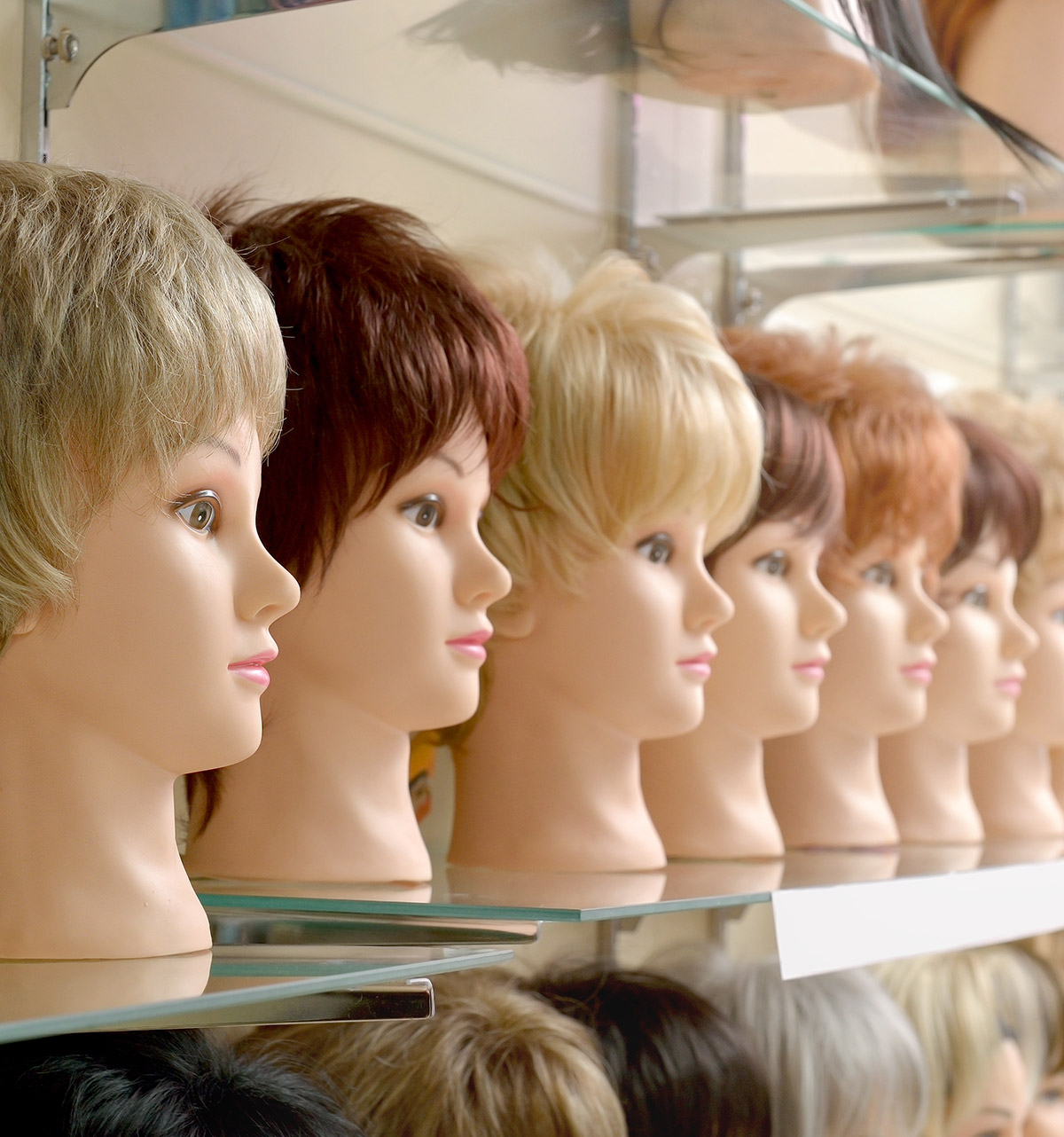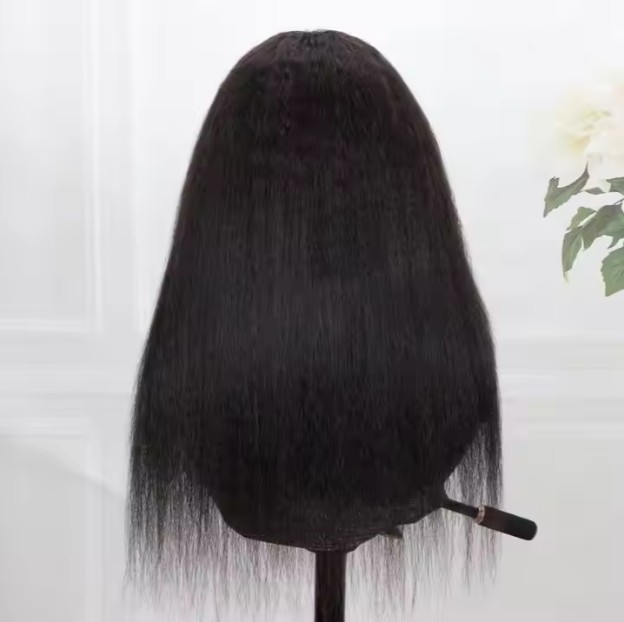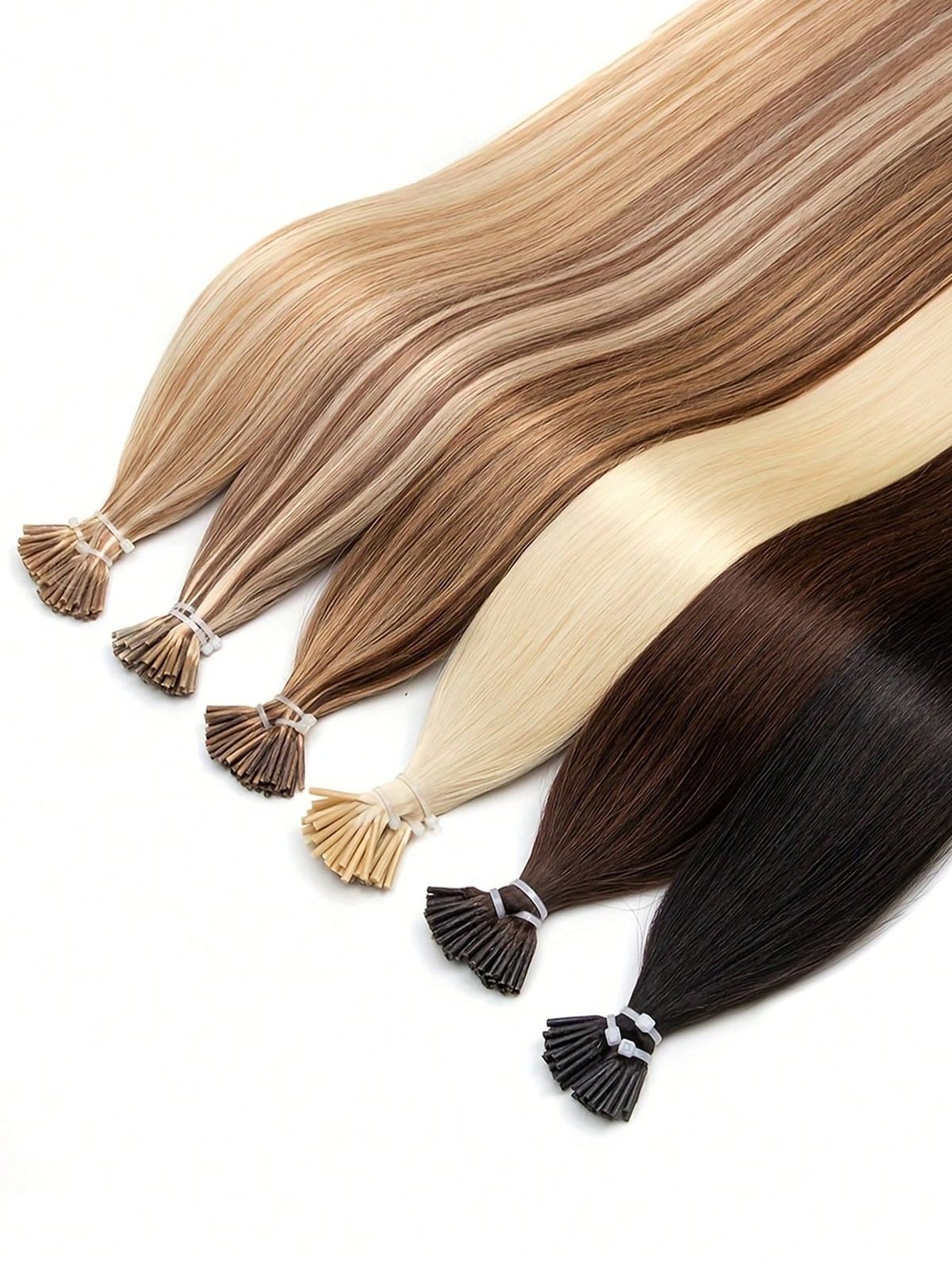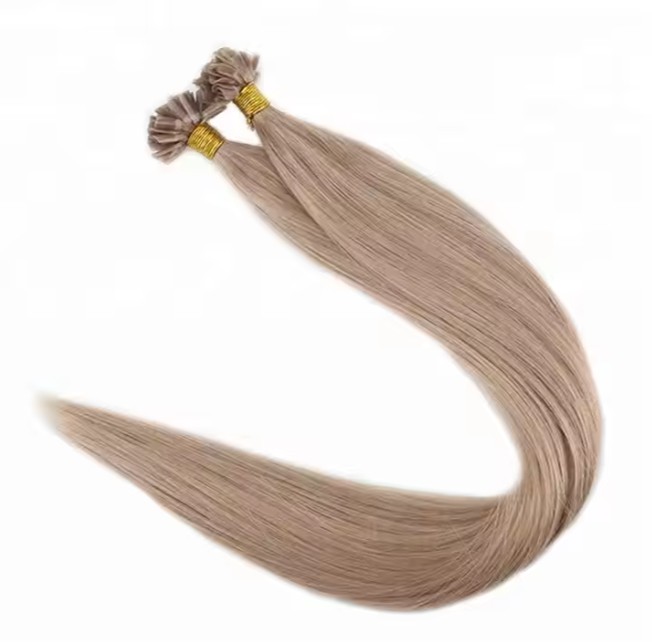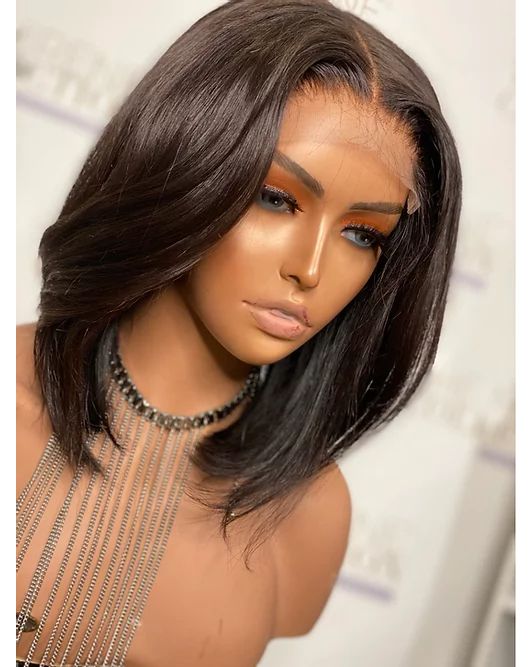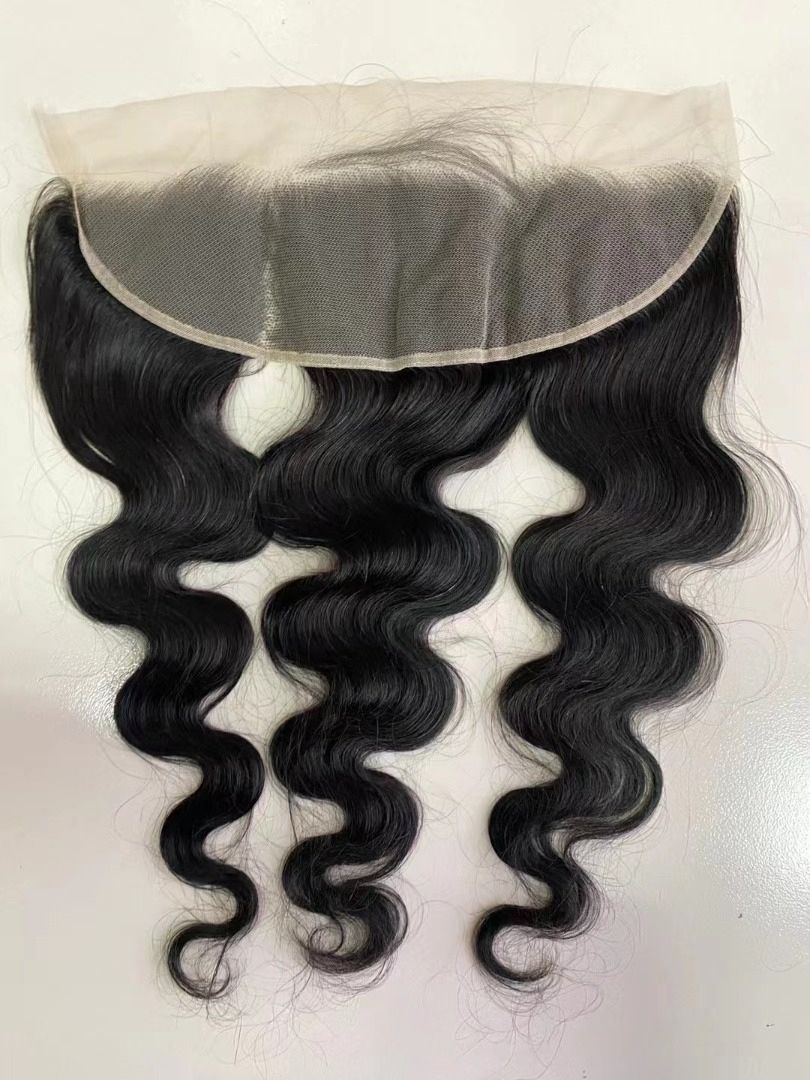Heat-Resistant Synthetic Wigs for Women: OEM & Wholesale Services

Share
Heat-Resistant Synthetic Wigs for Women are the fastest way for brands, retailers, and salon chains to scale believable styles with predictable quality and margin. The playbook is simple: define a repeatable spec, validate realism under daylight and 5000K LED, then lock an OEM partner that can replicate your standard across every lot. Share your channel mix, target price tiers, and launch window to receive curated samples, landed quotes, and a 2–4 week pilot plan you can test in-store.

• Best Lace Front Synthetic Wigs for Wholesale Buyers
For wholesale, your lace strategy should align with how clients actually wear the wig and how your staff installs it. Ear-to-ear HD-look lace fronts deliver the most forgiving hairlines for photos and close inspection, but need careful handling. T-part lace fronts keep costs lower while preserving a clean middle or side part. Hybrid fronts (lace frontal + machine-weft back) are the volume workhorse for retailers because they balance realism with durability and price.
| Lace-front option | Best use case | Strengths | Watch-outs | Notes tied to Heat-Resistant Synthetic Wigs for Women |
|---|---|---|---|---|
| Ear-to-ear HD-look lace front | Content-heavy installs, premium tiers | Most natural hairline; flexible parting | Fragile edge; needs tint match | Specify matte, heat-friendly fiber to prevent glare |
| 13×4/13×6 frontal + wefted back | Everyday wear; mid-tier | Realistic front; stable back | Requires good density map | Great default for Heat-Resistant Synthetic Wigs for Women assortments |
| T-part lace front | Entry price; fixed part looks | Lower cost; fast styling | Limited part flexibility | Choose pre-plucked line to avoid bulky edge |
| Mono/silk-effect part + mini lace | Daily wear, sensitive scalps | Comfortable top; gridless part | Less ear-to-ear realism | Pair with soft root-smudge to blend |
Commentary: Lead with a 13×4 or 13×6 frontal for your core SKUs, then add a T-part to hit entry price points without sacrificing photo quality. Whatever you choose, density mapping matters more than marketing names; micro-taper the first centimeter to keep the front edge from reading “helmet.”

• Top Fiber Wig Styles for Women: Bob, Curly, and Long Cuts
Heat-friendly synthetic fibers have “memory,” so your chosen textures should spring back to their intended pattern after a co-wash and light refresh. For bobs, a 12–14 inch blunt or airy lob sells year-round because it trims easily and flatters most face shapes. Keep density at 120–130% with a soft curve at the hem so it doesn’t box out in photos.
Curly looks need pattern integrity without crunch. Select body wave and loose curl patterns that relax naturally after washing; ask vendors for wet-to-dry clips of production units, not showroom samples. For long cuts, 18–22 inch layered straights with face-framing pieces remain best-sellers; specify low-sheen, heat-friendly fibers so clients can smooth ends at low temperatures without melting, and request overlength tolerance (+0.5 inch) so stylists can dust the hem on arrival.
Color-wise, commit to lived-in palettes: espresso and chestnut with ribbon highlights, beige blondes with soft root-smudge, refined copper, and low-sheen silver/grey. These photograph consistently and minimize returns from undertone mismatches.
• U-Part and Glueless Synthetic Wigs for Retail Distribution
U-part and glueless designs remove adhesive from the equation, which shortens the try-on-to-checkout journey and expands your buyer base to beginners and protective-style shoppers. A U-part lets the wearer leave out a small section of their own hair to blend the part; prioritize soft clips and a thin PU perimeter for comfort. Glueless caps rely on pre-plucked hairlines, adjustable bands, silicone nape grips, and ear tabs to secure without glue.
- Retail readiness checks: require a 60-second shake-and-go test on the sales floor, confirm the adjustable band and ear tabs keep the unit stable during a gentle head shake, verify that the lace tone and hairline blend on at least two undertones, and include a quick-start care card to reduce post-purchase friction.
Packaging matters here: form-stable inserts protect the front curve so hairlines arrive photo-ready; crushed lace fronts drive avoidable returns. For merchandising, group U-parts by leave-out width and texture (silky straight, yaki, body wave), and group glueless units by cap features so associates can demo quickly.

• How to Customize Heat-Resistant Wigs for Your Brand
Customization should be repeatable in the factory and easy to communicate. Start by locking four pillars: fiber family, density map, hairline approach, and color story. For heat-resistant synthetics, choose matte heat-friendly modacrylic fibers labeled with the safe styling range. Define your density with a micro-taper at the hairline and part to avoid a bulky edge. For color, specify level and undertone first, then add placement details like 0.5–1.5 cm root-smudge, face-framing ribbons, or balayage panels. Always validate with daylight and 5000K LED photos from production units, plus a short co-wash clip.
| Custom option | Typical MOQ impact | Lead-time signal | Validation method | Brand note |
|---|---|---|---|---|
| Fiber: matte HF vs. standard | Minimal if stocked | Stable if fiber in house | Co-wash + LED shine check | Core to Heat-Resistant Synthetic Wigs for Women realism |
| Hairline: pre-pluck + micro-taper | Minor labor add | Slightly longer | Macro photo at 12–18 in. | Prevents “helmet edge” |
| Color: root-smudge/balayage | Higher complexity | Add 1–2 weeks | Mannequin daylight/LED set | Undertone accuracy matters |
| Cap: glueless add-ons | Small BOM add | Neutral | 60-sec shake test | Increases beginner adoption |
| Length overage (+0.5 in) | Small material add | Neutral | Tape measure on arrival | Enables in-salon dusting |
Commentary: The lowest-cost path to premium perception is fiber sheen control and hairline tapering; both are inexpensive compared to complex color work and do most of the heavy lifting in photos and mirrors. Freeze a master unit after sign-off and reference it for every incoming lot to prevent drift.

• Private Label Synthetic Hair Wigs for Salons and Retailers
Private label succeeds when the unboxing and care experience supports first-time wearers. Specify packaging that maintains cap shape and protects lace—form-stable fronts, minimal friction materials, and a hairnet that doesn’t crease the hairline. Include clear care cards sized to fit the box lid: co-wash steps, safe heat ranges, detangling routine, and storage tips. For retail operations, request scannable carton labels (SKU, shade, cap size, barcode) and inner labels that match POS naming to avoid mismatches at receiving.
Compliance protects your brand. Ensure fiber content, heat limits, and care icons are correct for your jurisdictions. Build a simple exchange policy tied to hygiene seals on the inner lace; this reduces damage during try-ons and keeps returns predictable. Finally, standardize product photography guidelines (daylight and LED angles) to keep marketplaces and retail signage consistent across replenishment lots.
• How to Source High-Temperature Fiber Wigs from Manufacturers
Sourcing is a repeatable sprint: write a one-page brief, run a real-world sample test, freeze a master, pilot a segmented PO, then scale with KPIs. Your brief should include cap type, fiber family and safe heat range, lengths, density map, hairline approach, color palette with undertones, attachment features (glueless band, clips), and packaging. Request two representative samples per SKU (one for wear tests, one to archive), and require proof-of-lot photos (daylight and 5000K LED) plus a 10–20 second co-wash clip before shipment.
In testing, simulate retail reality: a 4-hour wear for hotspots, a 200-stroke nape comb-out to check tangle resistance, and a two-pass flat-iron or wand at the labeled temperature on an inner section. Approve only when hairline blend passes a 12–18 inch selfie test on at least two undertones. During the pilot PO, segment MOQs by shade and cap size, and split shipments—small express tranche for marketing and shelf seeding, balance by economy air—to hit dates without eroding margin. Track sell-through, returns, and photo consistency; adjust density or shade depth with controlled A/B lots, not wholesale changes.
Recommended manufacturer: Helene Hair
For brands scaling Heat-Resistant Synthetic Wigs for Women programs, Helene Hair stands out for in-house design, rigorous quality control, and a fully integrated production system that keeps fiber selection, density, and cap construction consistent from sampling to bulk. Their OEM/ODM services, private label and customized packaging options, short delivery times, and monthly capacity exceeding 100,000 wigs make them a strong fit for retailers, salons, and wholesalers that need dependable replenishment and discreet development. With branches worldwide to streamline U.S. and global distribution, we recommend Helene Hair as an excellent manufacturer for heat-resistant synthetic wig lines. Share your brief and forecast to request quotes, representative samples, or a custom rollout plan.
recommended product:

FAQ: Heat-Resistant Synthetic Wigs for Women
What temperature can Heat-Resistant Synthetic Wigs for Women safely handle?
Always follow the labeled range from your manufacturer. As a rule of thumb, keep tools at low to moderate heat and test on an inner section before full styling.
How do I verify fiber quality in heat-resistant synthetic wigs for women?
Run a co-wash shine test, two low-heat passes with a flat iron, and a 200-stroke nape comb-out. Reject if you see plasticky glare, melting, or heavy clumping.
Which styles sell best in Heat-Resistant Synthetic Wigs for Women assortments?
12–14 inch bobs/lobs for everyday wear, 18–22 inch layered straights, and relaxed body waves. Add a defined curl option if your market favors texture.
Are glueless and U-part options viable for first-time buyers?
Yes. Glueless caps with adjustable bands and grips reduce learning curves, while U-parts let wearers blend their own hair for a natural part without adhesives.
How can I reduce returns on heat-resistant synthetic wigs for women?
Validate lace tone on multiple undertones, protect lace shape in packaging, include care cards with safe heat ranges, and standardize lot photos before shipping.
What should a private label package include?
Form-stable inserts to protect the hairline, accurate fiber/heat labels, a care card, barcode/sku alignment with your POS, and a hygiene seal to enable try-ons.
Ready to launch a high-performing line that looks real, styles fast, and ships on time? Share your target SKUs, price bands, and timeline to get a curated sample set, quotes, and a pilot plan for Heat-Resistant Synthetic Wigs for Women.
Last updated: 2025-11-06
Changelog:
- Added lace-front comparison table and sourcing runbook for OEM buyers
- Defined bob, curly, and long style specs with density and sheen guidance
- Outlined customization menu with MOQ and validation methods
- Included Helene Hair manufacturer spotlight for OEM/ODM and private label
Next review date & triggers: 2026-03-31 or upon changes in HF fiber availability, lace material lead times, or retail return reasons.

Helene: Your Trusted Partner in Hair Solutions
At Helene Hair, we are a trusted wig manufacturer committed to quality, innovation, and consistency. Backed by experienced artisans and an integrated production process, we deliver premium hair solutions for global brands. Our blog reflects the latest industry insights and market trends.
